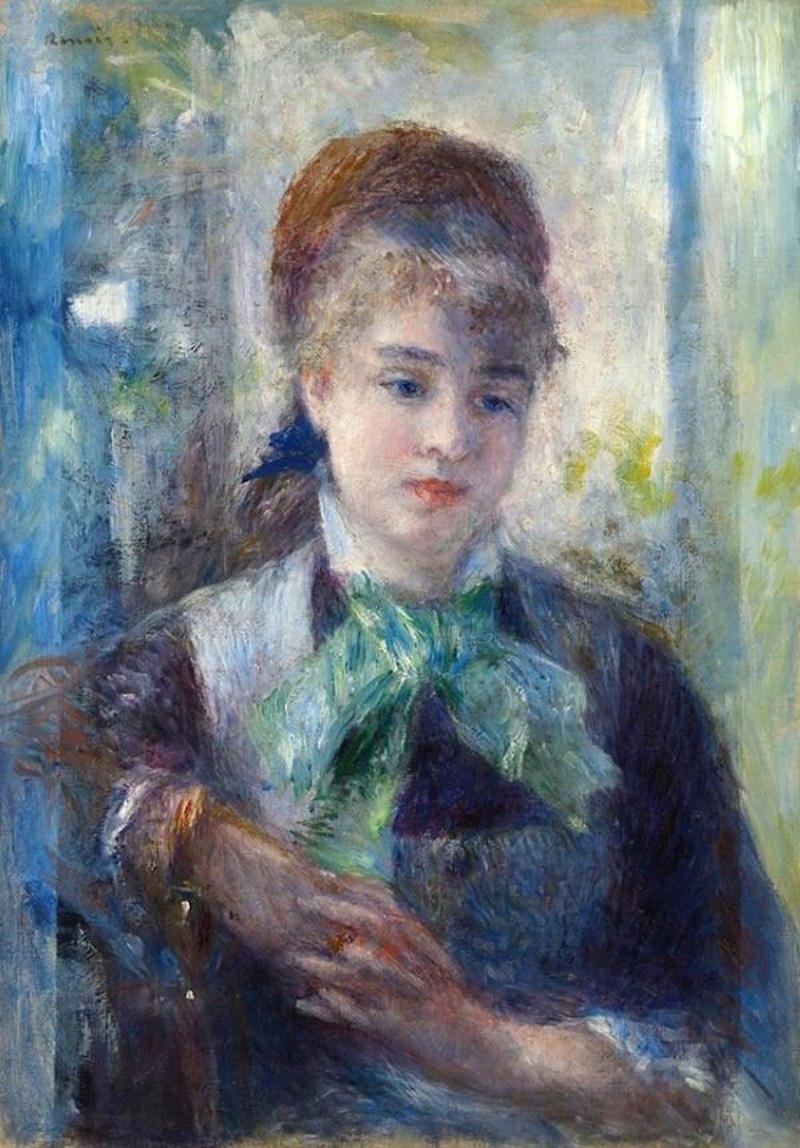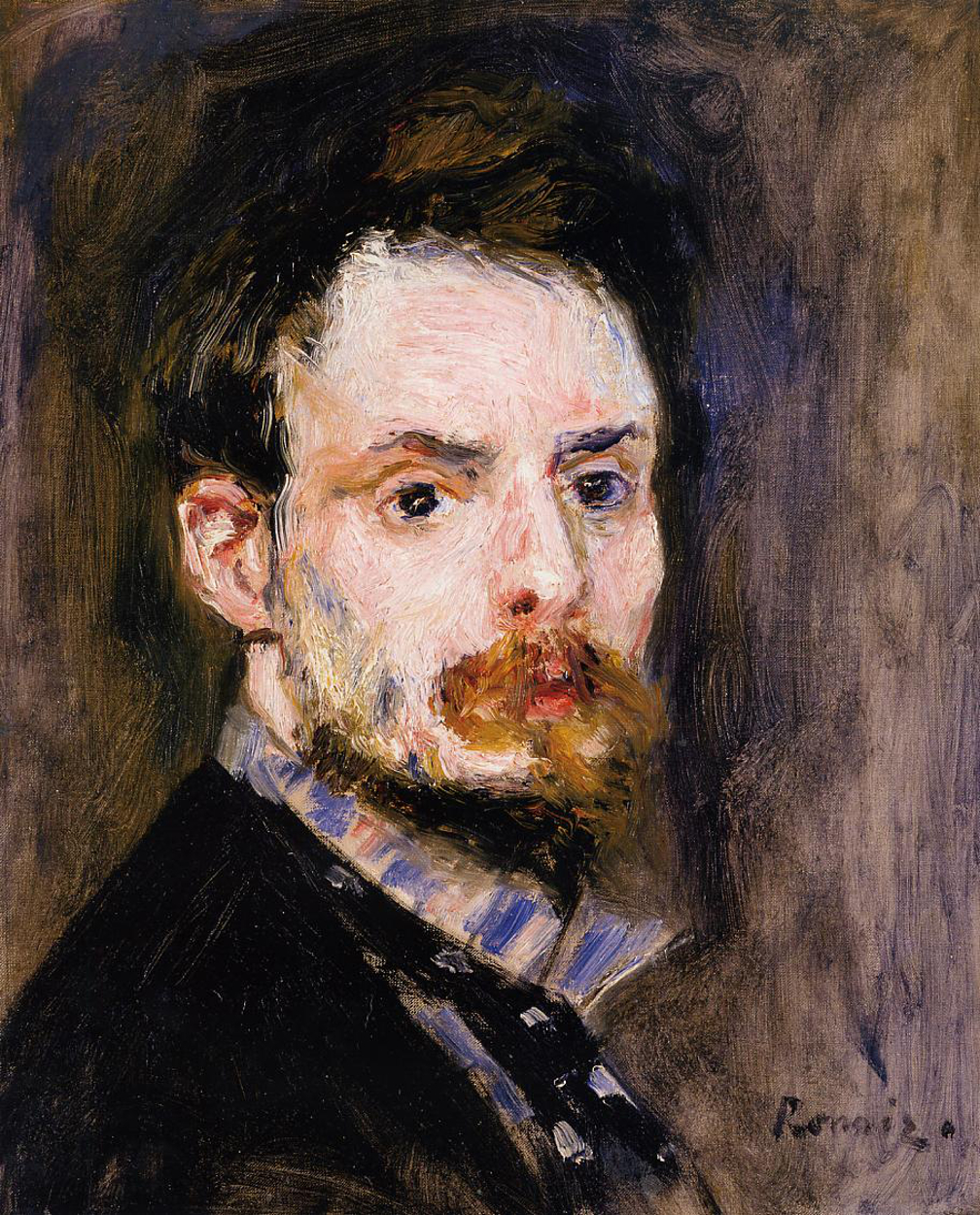The young woman from Montmartre, cruelly nicknamed Nini-Gueule-de-Raie, or “fish face”, is shown alongside the artist’s brother. Although the artwork was immediately purchased by the art dealer “le Père Martin”, Renoir, like many of his Impressionist friends, was experiencing serious financial difficulty at the time. In the spring of 1875, he moved into a new studio on rue Cortot in Montmartre. The painter liked the almost wild quality of the garden, where Nini posed for him regularly. Known for being serious and punctual, the young woman became the artist’s favourite model between 1875 and 1879, appearing in at least fourteen paintings. This artwork, which places great emphasis on the study of light behind the model, was undoubtedly executed near one of the windows that opened onto the garden of the studio on rue Cortot. Renoir was striving to convey the changing reflections of light on the human figure. In 1877, Renoir's talent as a portrait artist earned him prestigious commissions with the bourgeoisie and Nini disappeared from his paintings. She had married a third-rate actor of the Montmartre theatre, much to the dismay of her mother and the artist, who had become her protector, for they had both dreamed of a bourgeois marriage for her. But during the six years she posed for the artist, the young Nini incarnated Renoir's feminine ideal, filled with happiness and joy of life.




Portrait of Nini Lopez
oil on canvas • 39 x 54 cm
 Pierre-Auguste Renoir
Pierre-Auguste Renoir